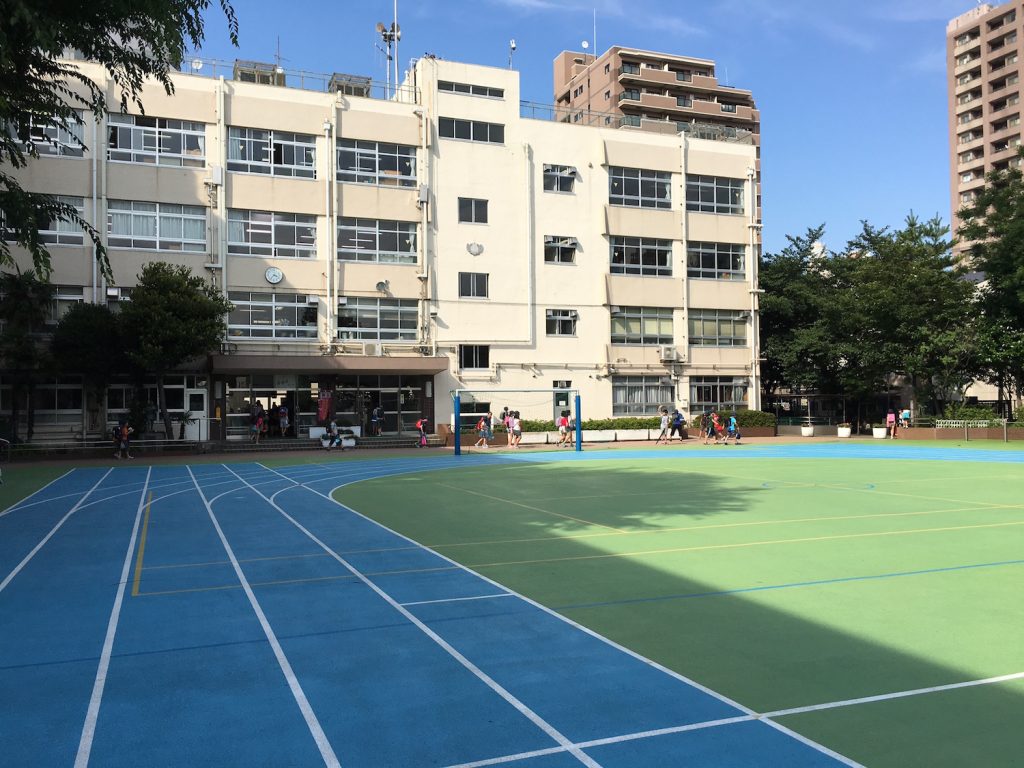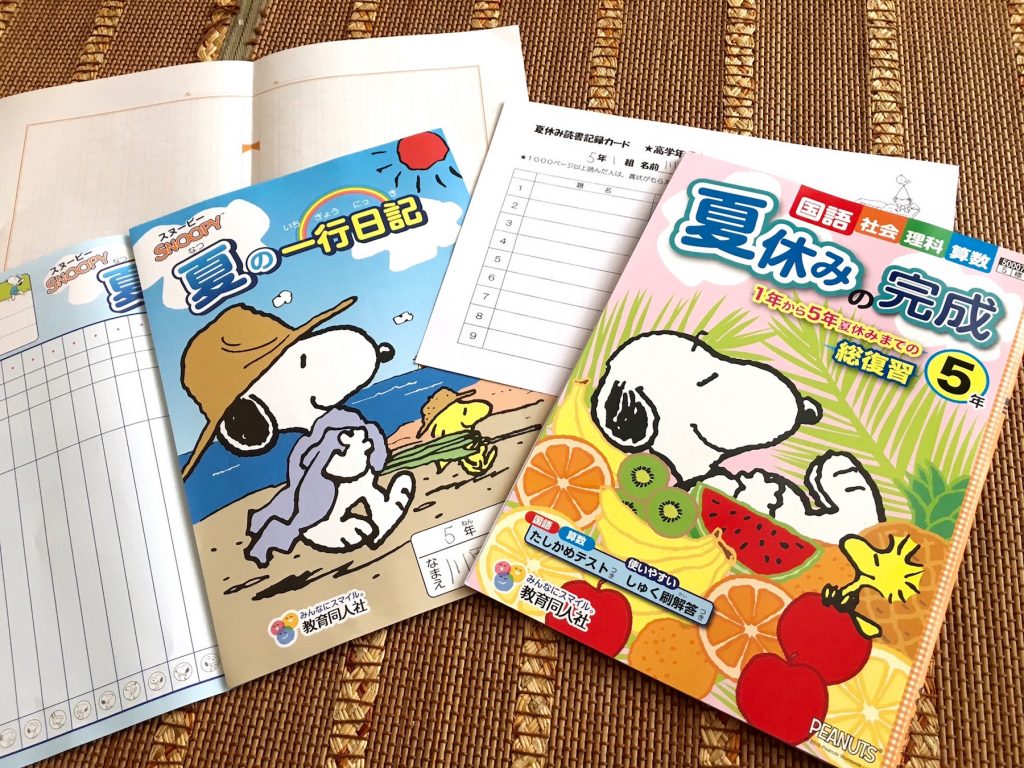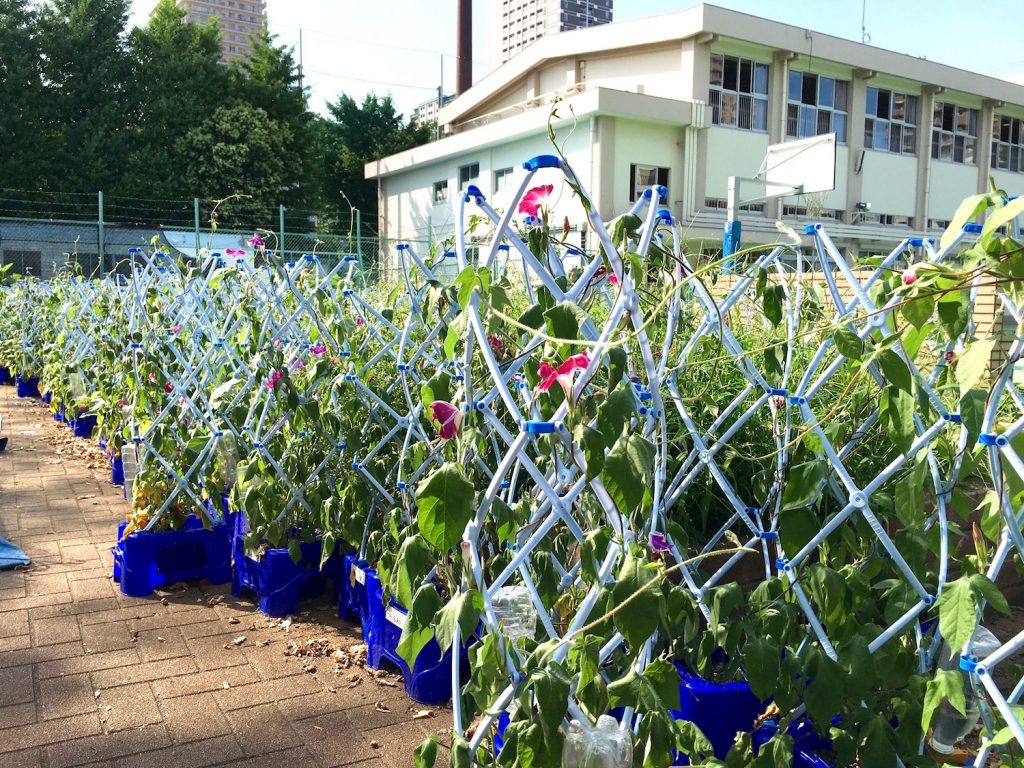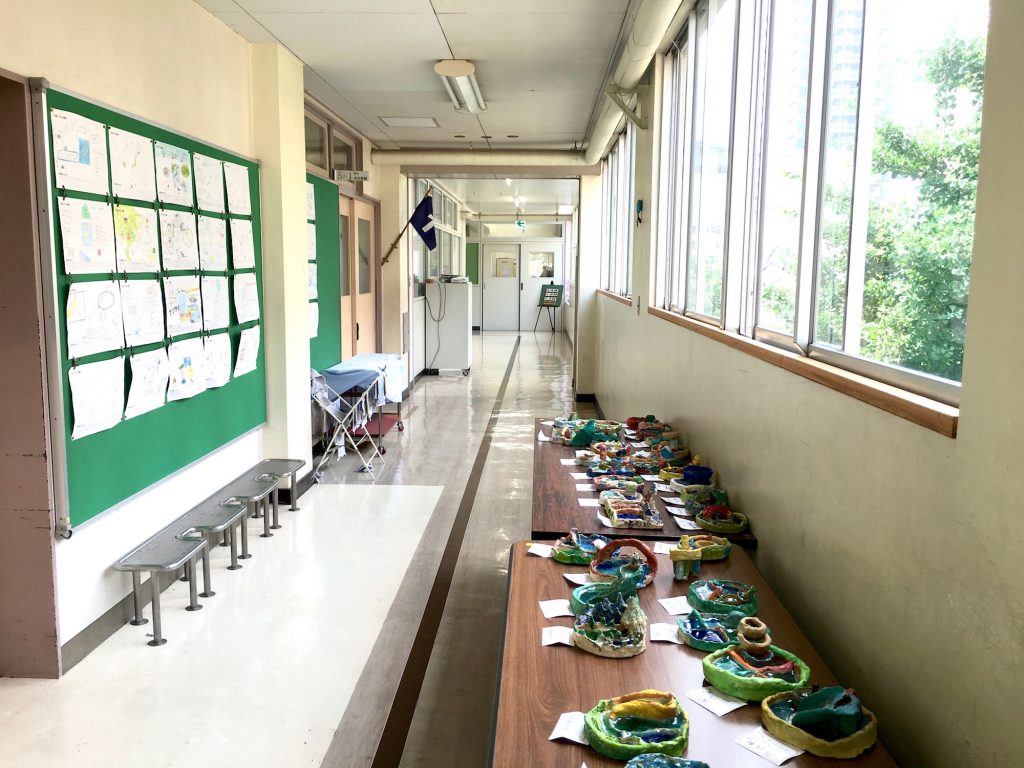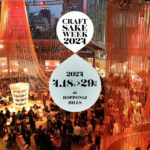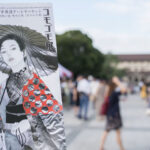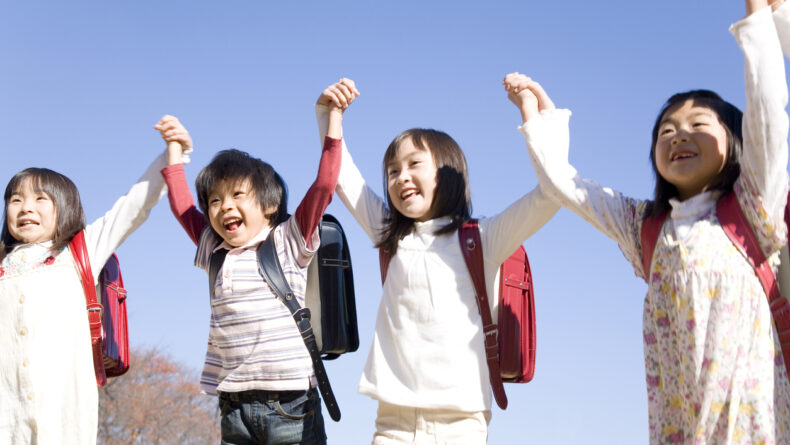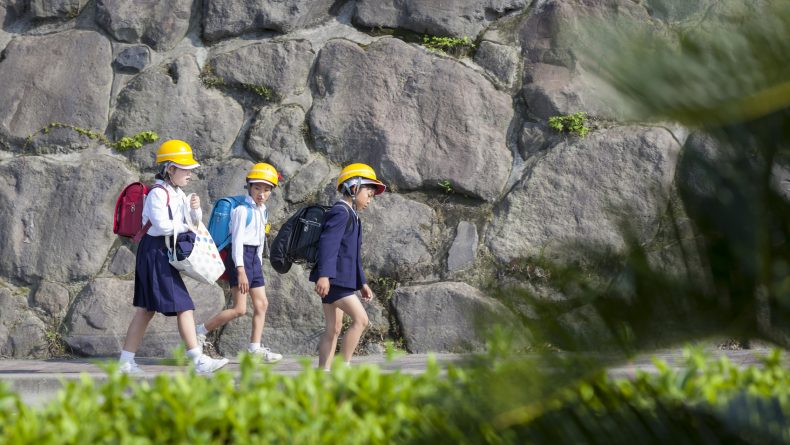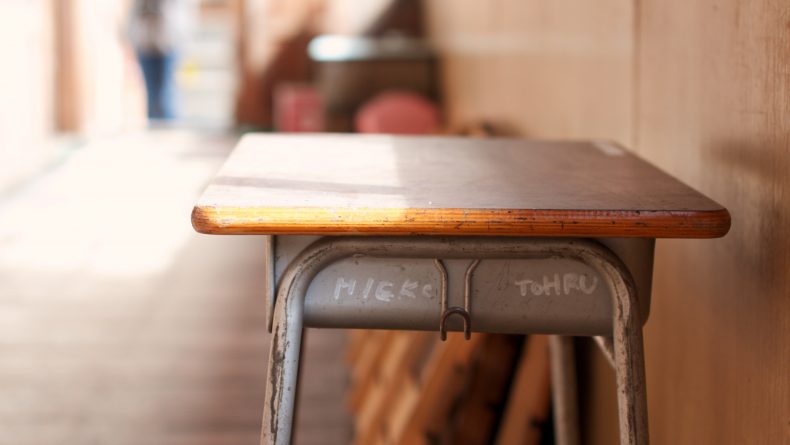The Ins & Outs of Japanese Elementary School Holidays
Work Well, Play Well
All work and no play? Perhaps, this is the typical image many of us have of the way Japanese kids spend their summer holiday vacations — whether it's the endless reading assignments, the craft-making projects or research reports, the workload seems just enormous.
The reality may come as a surprise — the assignments are in fact rather light, the holidays are long and the schools encourage kids to make the most of the summer.
The Japanese academic year and holidays at a glance
As in many countries, Japan’s school year is split into three semesters. The elementary school year starts in the second week of April amid a swirl of falling cherry blossom petals, and term one ends around July 20 with the start of summer vacation. Classes resume near the end of August and run until the winter break begins, which is usually on December 23 — just about in time to celebrate the Emperor’s birthday. The final semester then unfolds from the second week of January and ends in late March.
Apart from public holidays and the anniversary of each school’s establishment, there are no other scheduled days off, although students are usually given a free weekday to make up for school events (like sports festivals or music festivals) that are held on the weekend. Specific vacation dates differ by region, with schools in heavy snow areas, for example, often having summer holidays that are shorter than elsewhere by about two weeks. Within Tokyo, neighboring school districts’ vacation schedules can differ by up to a week.
Japan’s spring and New Year school vacations roughly coincide with Christian countries’ Easter and Christmas breaks.
As for many countries, the summer holidays are the longest. While for British and American schools the start of summer vacation marks the end of the school year, for Japanese students there’s still a lot of work ahead of them. This is the main reason for the existence of summer holiday homework here.
Summer holiday homework
The summer holiday homework that Japanese elementary schools assign is made up of a range of exercises. The first is a book of drills in the base subjects to review what the kids have studied so far. In the lower elementary school years that will be the kanji Chinese characters (akin to English-language spelling practice) and math problems, with social studies and science questions added in the senior grades.
Another traditional summer exercise is observation of a growing plant. In first year, the subject is – almost without exception – a morning glory. In second grade, perhaps a tomato. The children will probably be asked to count how many flowers or fruit grow, or make a few sketches of the plant as it grows.
As well as teaching children that study begins with observation, this work requires them to spend time on it each day.
That fits with the primary goal of regular homework at this level, which is to get kids into the habit of daily study, even if only for ten minutes a day.
Another staple of summer holiday homework is the jiyuu kenkyuu, or free research project. Although the term may sound intimidating, it isn’t. Kids pick their own topics for this, with craft projects being the most popular choice. Creations produced at commercial craft classes are even acceptable. A travel diary or bug-hunting records are also popular projects, but pretty much anything goes in this category.
Reading is always encouraged at all levels and when it comes to holiday homework usually takes the form of a three-page book review, as well as a couple of “recommended reading cards” that require a drawing and a few sentences about the book that the child is recommending.
Reading out loud has become a staple of regular homework. It is said to not only improve language skills but also boost concentration and produce a sense of calm. The material for this is usually poems and other writing from the language class (kokugo) textbook.
Other tasks for the holidays include recorder practice in the upper grades, and a couple of enikki picture diaries in the lower years, in which the child draws a picture of something they have done over the holidays, with a couple of lines of written explanation included. It’s a good way to capture some of their special holiday memories.
If a child wanted to get her core summer holiday homework done as quickly as possible, five days would probably be enough time to do that.
Making the most of the holidays
Just like parents, schools don’t want kids to waste their holidays on endless TV watching and game playing.
The school asks families to maintain proper daily routine with regular bedtimes and meals.
To help achieve this, often part of students’ summer holiday homework is to set a goal in each area of health, study and home and track their performance over the period. Examples in each category might be to improve their baseball pitch, to read once a day and to run the family bath each day.
No school means more time at home and schools encourage families to enjoy the time together and also to help children acknowledge their place within the family by giving them chores to do. In grade four, my daughter’s school gave the kids a list of about ten enchanting home activities to try over the holidays. Those tasks included watching the sunrise, making rice balls, washing the rice before it gets cooked, spotting star clusters in the night sky and cooking one of the dinner dishes.
Schools encourage kids to use the holidays to do things only possible to do during a long vacation, as well as to explore their own interests and to take part in community events.
Using the after school care-system
For families where both parents are working, the daily, registered after-school care system run by the various wards is maintained throughout the summer holidays, usually operating from 9 a.m. to 6 p.m. The program has different names in different municipalities, but is often called gakudo curabu. The schoolyard is usually open to play in during the holidays, too. Called “koutei kaihou,” this system runs after school hours during the semester and allows students to come and play as they please, with the permission of their parents, just signing in or out as they go. The kids are overseen by ward employees. During holidays this service is usually available from about 10 a.m. to 5 p.m.
So, whether you’re helping the kids get their summer assignments done on time or you’re planning the family’s next beach vacation, enjoy the holidays and teach your kids that a good rest and fun with their loved ones is one of their most important daily tasks!

